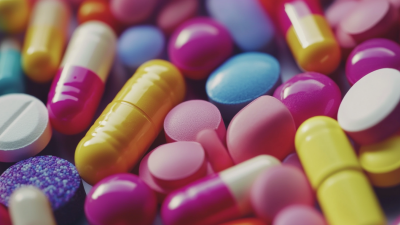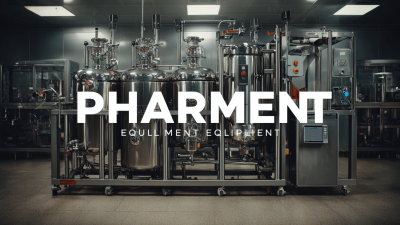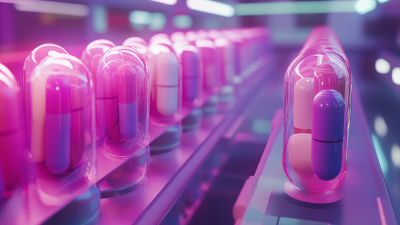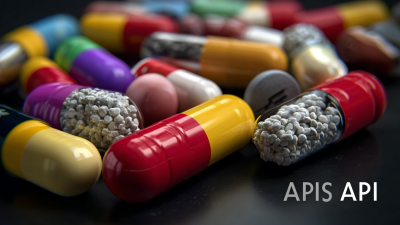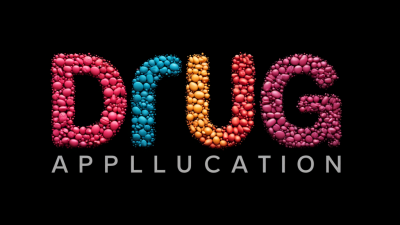In the rapidly evolving world of healthcare, the significance of state-of-the-art Pharmaceutical Equipment cannot be overstated. As global buyers seek innovative alternatives that enhance productivity and maintain quality in drug manufacturing, the industry stands at the threshold of a transformative era. With advancements in technology and an increasing focus on sustainability, the future of Pharmaceutical Equipment offers promising solutions that address both economic and environmental challenges. From smart manufacturing processes to automated systems designed to optimize output, these advancements not only improve operational efficiency but also ensure compliance with ever-stricter regulatory standards. This blog will delve into the cutting-edge alternatives shaping the landscape of pharmaceutical production, exploring how these innovations are set to redefine the way medications are manufactured and delivered worldwide. Join us as we embark on this journey into the future of Pharmaceutical Equipment, uncovering the possibilities that lie ahead for global buyers and the industry as a whole.
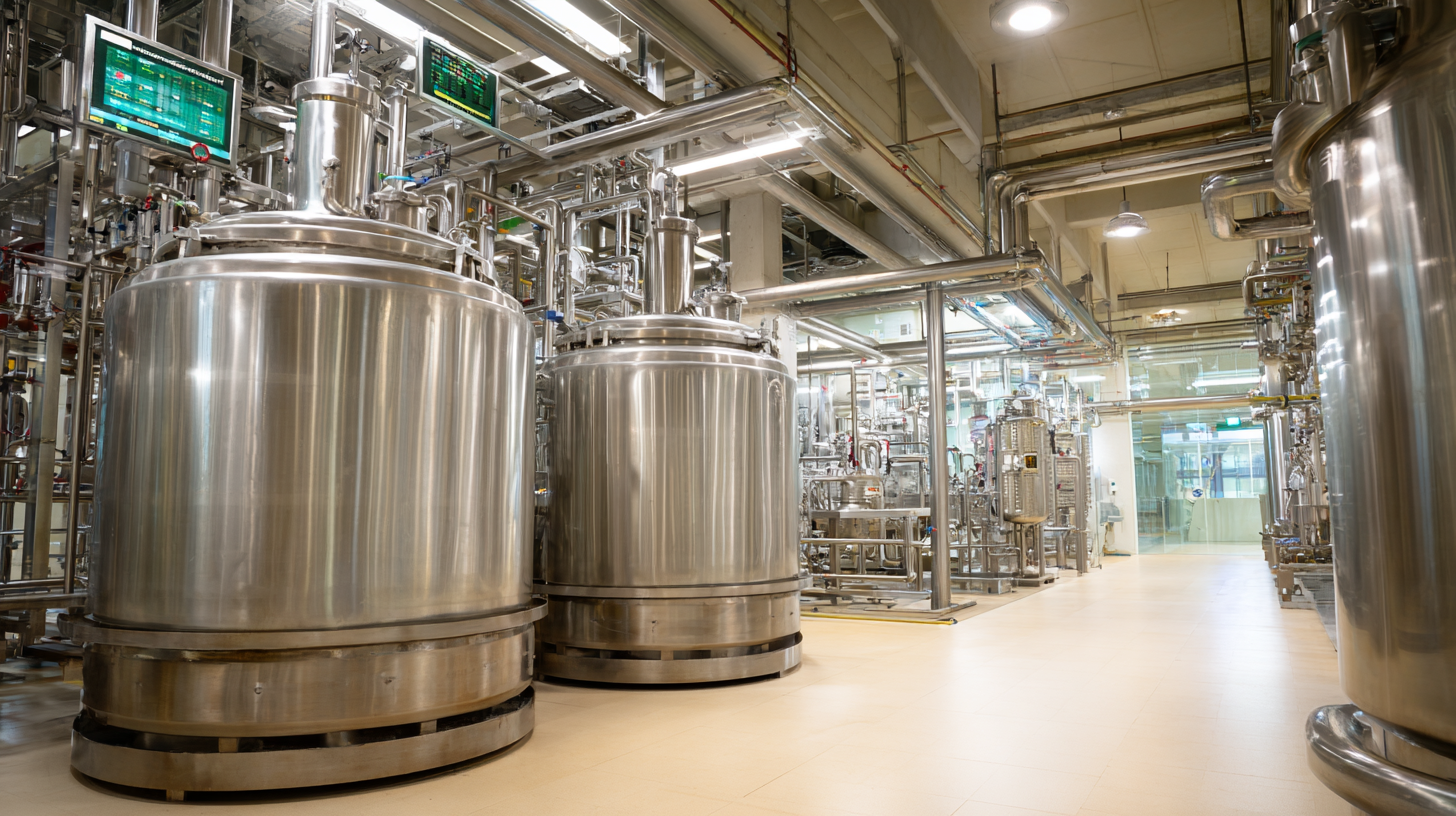
The pharmaceutical equipment industry is experiencing transformative changes, driven by innovative trends that cater to the evolving needs of global buyers. Advanced technologies, such as automation and artificial intelligence, are revolutionizing manufacturing processes. These innovations improve efficiency and enhance the quality of pharmaceutical products, enabling companies to streamline production while maintaining compliance with strict regulatory standards. As a result, global buyers are now looking for equipment that not only meets their operational requirements but also integrates seamlessly into their existing systems.
Another significant trend reshaping the pharmaceutical equipment landscape is the rise of sustainable practices. Environmental concerns are prompting manufacturers to develop greener solutions, such as equipment that minimizes waste and reduces energy consumption. This shift toward sustainability is appealing to global buyers who are increasingly prioritizing eco-friendly practices in their procurement processes. Furthermore, the growing demand for biologics and personalized medicine is driving the need for specialized equipment, pushing suppliers to innovate and adapt their offerings to meet this unique market demand. As these trends continue to unfold, global buyers must stay informed and agile to leverage the advantages presented by these innovative alternatives in pharmaceutical equipment.
| Equipment Type | Innovative Feature | User Benefits | Market Trends |
|---|---|---|---|
| Automated Tablet Press | AI-driven data analysis | Increased efficiency and precision | Rise in automation in production |
| Smart Vaccination Devices | Internet of Medical Things (IoMT) | Enhanced tracking and monitoring | Growing demand for patient safety |
| Robotic Dispensing Systems | Robotics and artificial intelligence | Reduction in human error | Demand for high precision |
| Continuous Production Lines | Real-time process monitoring | Reduced downtime | Shift towards continuous manufacturing |
| Wearable Drug Delivery Systems | Smart technology integration | Convenient and discreet | Increasing trend towards personalized medicine |
The pharmaceutical industry is witnessing a paradigm shift with the integration of advanced materials in equipment design, which directly enhances drug delivery systems. A prime example is the innovative use of microneedle arrays for drug administration. These minimally invasive devices, which can be developed through additive manufacturing technologies, not only reduce pain but also promise improved patient compliance. As the demand for efficient and non-invasive delivery methods increases, the role of advanced materials becomes pivotal in creating more effective pharmaceutical solutions.
Additionally, the ongoing evolution of manufacturing processes, such as the use of Joule heating for synthesizing advanced materials, underscores the importance of innovative designs in pharmaceutical equipment. This method addresses the urgent need for sustainability in chemical production, aligning with the healthcare industry's transition to a circular economy. As pharmaceutical equipment increasingly incorporates these advanced materials and manufacturing techniques, it opens new avenues for enhancing the efficacy and safety of medical treatments, ultimately benefiting global buyers as they seek cutting-edge solutions in a rapidly evolving market.
The pharmaceutical industry is undergoing a transformative shift towards cost-effective and sustainable alternatives in equipment and practices. Recent data from the Global Pharmaceutical Equipment Market Report suggests that the demand for eco-friendly production technologies is growing, with predictions indicating a 10% annual increase through 2025. This trend reflects not only the necessity for cost reduction in an increasingly competitive market but also a commitment to sustainable development goals.
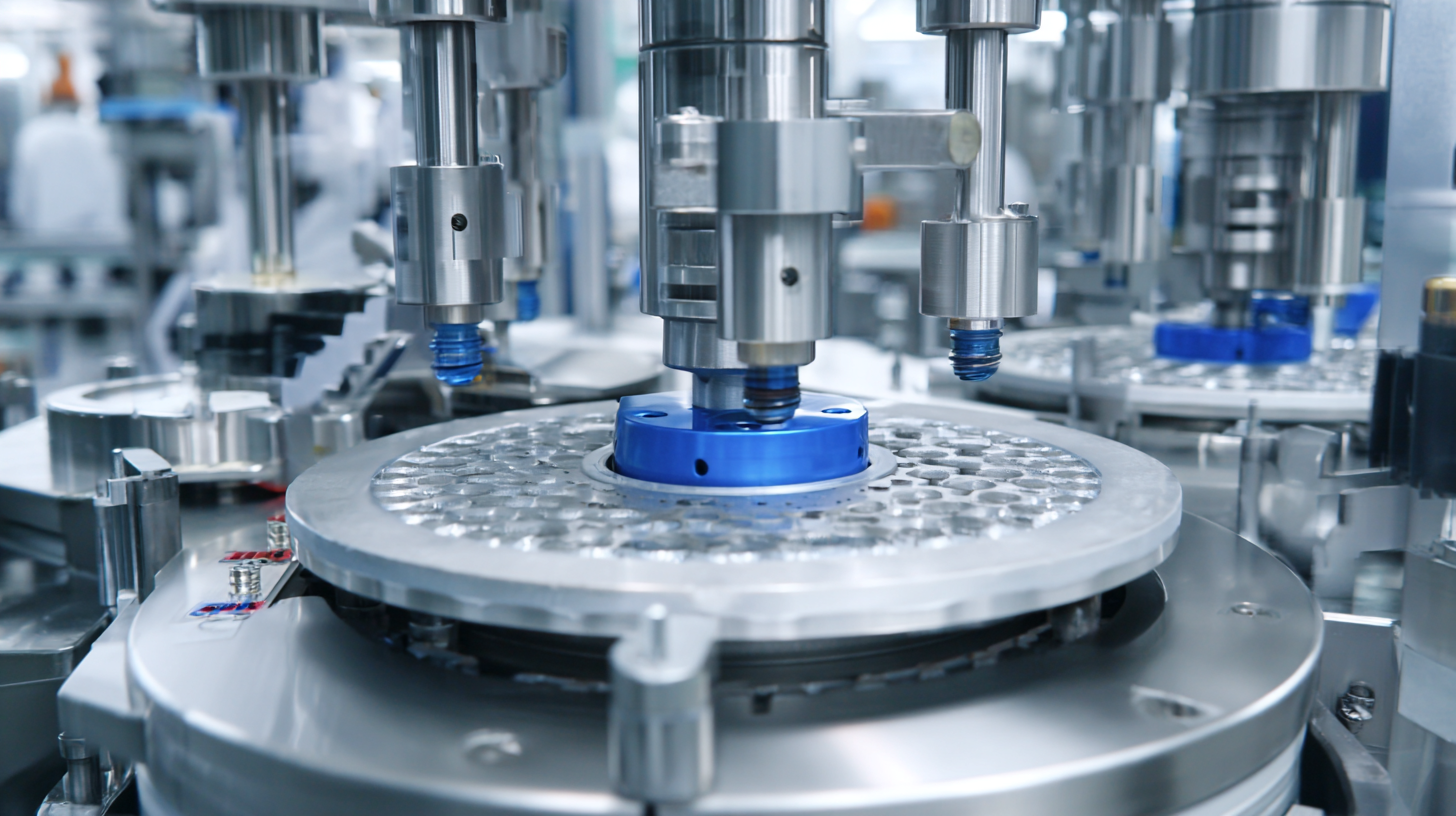
For global buyers, embracing innovative pharmaceutical solutions can lead to significant savings and enhanced operational efficiency. Techniques such as using biodegradable materials in pharmaceutical manufacturing and integrating automation can lower production costs while minimizing ecological impact. Incorporating advanced technologies, like AI-driven predictive maintenance, can reduce equipment downtime by up to 20%, optimizing resource allocation.
Tip: When evaluating new pharmaceutical equipment, consider conducting a life cycle assessment (LCA) to understand the long-term sustainability benefits and cost implications.
Tip: Collaborate with suppliers focused on sustainability initiatives, as they often provide valuable insights into innovative practices that can enhance both your bottom line and environmental impact.
The pharmaceutical manufacturing sector is undergoing a profound transformation, significantly driven by emerging technologies that enhance operational efficiency. According to a report by Grand View Research, the global pharmaceutical manufacturing market is projected to reach $771.8 billion by 2025, with a compound annual growth rate (CAGR) of 6.4%. This growth is strongly influenced by innovative solutions, such as automation and advanced data analytics, which streamline processes and reduce production times.
One notable trend is the integration of artificial intelligence (AI) and machine learning in manufacturing. A study by McKinsey indicates that AI can boost productivity in pharmaceutical operations by up to 30%. These technologies enable predictive maintenance of equipment, optimize supply chain logistics, and enhance quality control through real-time monitoring. Furthermore, the implementation of continuous manufacturing processes can lead to a reduction in operational costs by approximately 20%, as found in research by the International Society for Pharmaceutical Engineering (ISPE). As global buyers explore these innovative alternatives, the adoption of such technologies will be crucial in driving the future of the pharmaceutical industry.
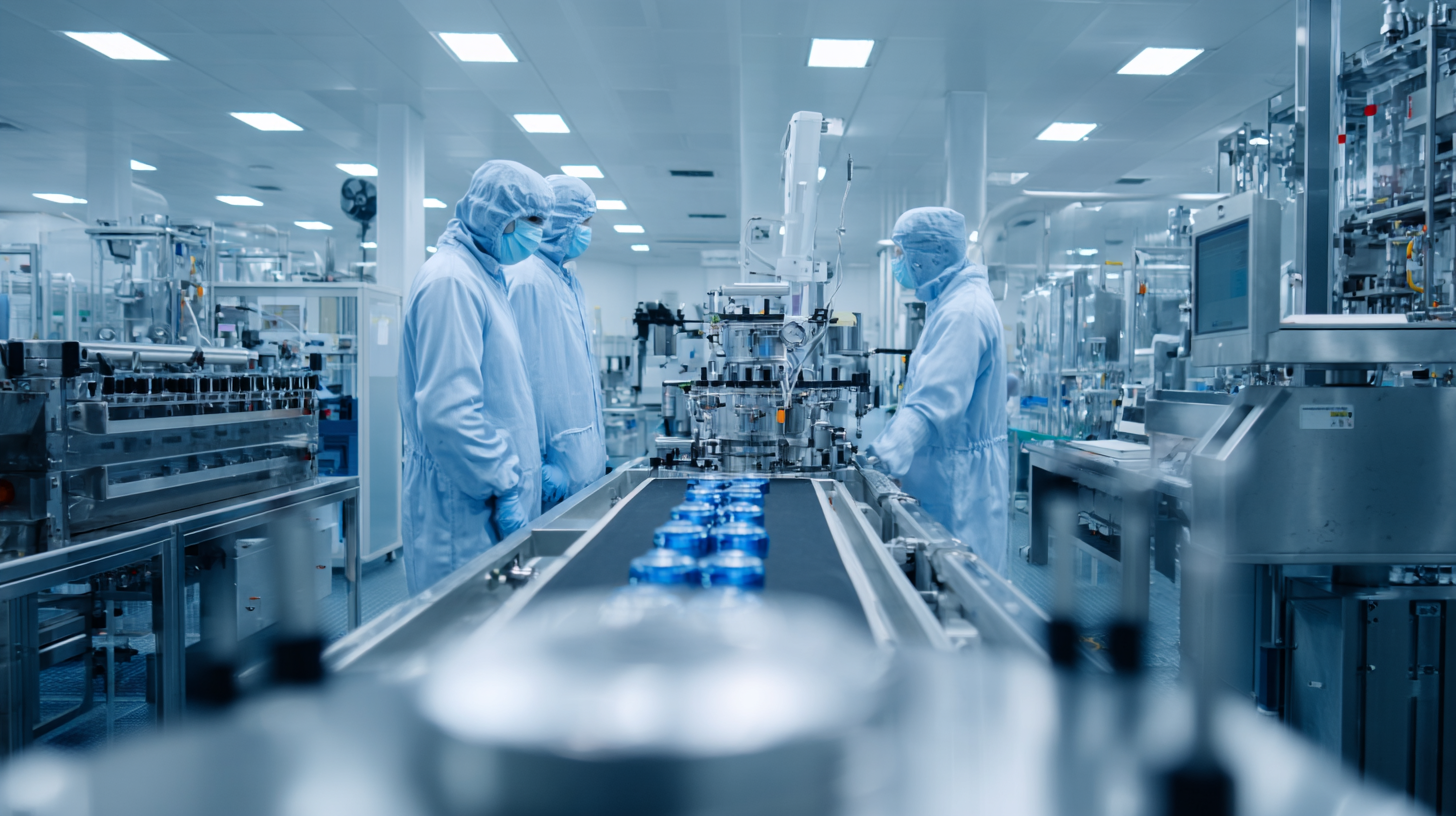
The pharmaceutical industry is currently navigating a myriad of global supply chain challenges that threaten to disrupt operations and delivery timelines. From raw material shortages to logistical difficulties, these hurdles demand innovative solutions that can keep pace with the evolving landscape of healthcare demands. As traditional equipment may not always meet the diverse needs of global buyers, there is a push towards exploring alternative equipment solutions that provide both flexibility and efficiency.
Alternative pharmaceutical equipment solutions are paving the way for enhanced adaptability in production processes. Equipment that integrates advanced technologies, such as AI and automation, allows for real-time monitoring and quicker adjustments to production lines. This not only improves operational efficiency but also reduces lead times, enabling companies to respond swiftly to market changes and patient needs. Furthermore, modular equipment systems enable manufacturers to scale operations up or down as needed, ensuring they can meet demand without the risk of overextension.
As global buyers seek to overcome supply chain hurdles, investing in innovative pharmaceutical equipment can significantly enhance resilience. These alternative solutions empower manufacturers to not only comply with regulatory standards but also maintain consistent quality in their products. By embracing these innovations, the industry can better safeguard against future disruptions and enhance its overall capability to deliver essential medicines to patients worldwide.

